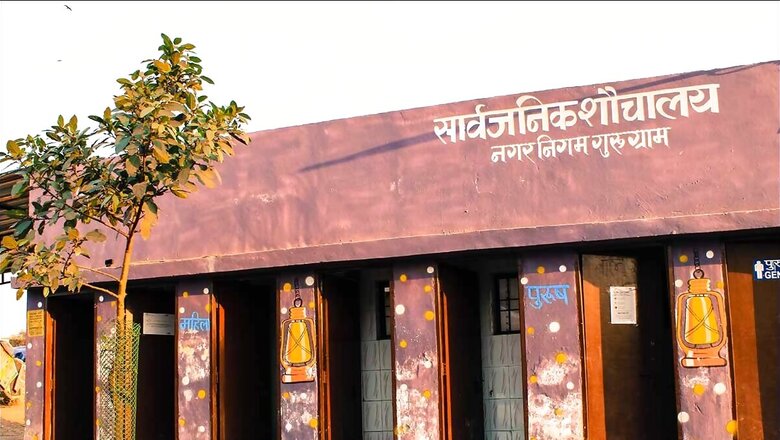
views
For several decades now, public urination has been a major cause for concern across the country. This pressing issue has even posed a challenge to India’s progress and modernisation at many occasions. Despite rapid urbanization and advancements in various sectors, the practice of openly relieving oneself in public spaces remains a deeply ingrained challenge.
Inadequate Sanitation Facilities
The public urination problem in India is deeply rooted in the lack of sufficient and accessible sanitation facilities, especially in densely populated urban areas. In addition, a significant portion of the population, including slum dwellers and those from economically disadvantaged backgrounds, face difficulties in accessing clean and safe public toilets. This dire inadequacy leaves individuals with little choice but to resort to open defecation and urination, further exacerbating the sanitation crisis.
However, since the conception of Swachh Bharat Mission, about 6,36,826 public toilets have been constructed in urban cities so far. In addition, 4,355 urban local bodies have been declared open defecation free (ODF), while 3,547 are ODF+ and 1,191 are ODF++. The ODF+ category implies toilets with water, maintenance, and hygiene; ODF++ are toilets with sludge and septage management as well, according to the Press Information Bureau.
Cultural and Behavioural Factors
Public urination in India is not merely an issue of convenience or lack of facilities. It is deeply rooted in cultural norms and historical practices of the country. In many parts of India, particularly in rural areas, there is a long-standing tradition of open defecation as part of a spiritual or purifying ritual. While urbanization has brought about changes, these age-old customs still have left a mark on the collective psyche.
In addition to this long-persisting practice, societal norms and a lack of awareness regarding the adverse health and environmental effects of public urination contribute to the prevalence of this habit. Many are unaware about the spread of diseases such as cholera, typhoid, and hepatitis A which can arise due to public urination.
The contamination of public spaces and water sources with urine also has adverse effects on the environment, including soil degradation and groundwater pollution. The consequences are far-reaching, affecting both public health and the ecosystem.
The Way Forward: A Collective Effort
Conquering the problem of public urination in India requires a multi-faceted approach that combines infrastructural development, behavioral change campaigns, and community involvement. A key element is empowering communities through education and raising awareness about the importance of responsible public behavior.
The government has also been taking key initiatives under Swachh Bharat Abhiyan – by investing in adequate sanitation facilities, fostering a shift in cultural norms, and enforcing policies that penalize public urinations. However, more self-awareness, participation of NGOs, communities, and individuals alike are the need of the hour to curb the detrimental habit and work towards a cleaner and healthier India.

















Comments
0 comment